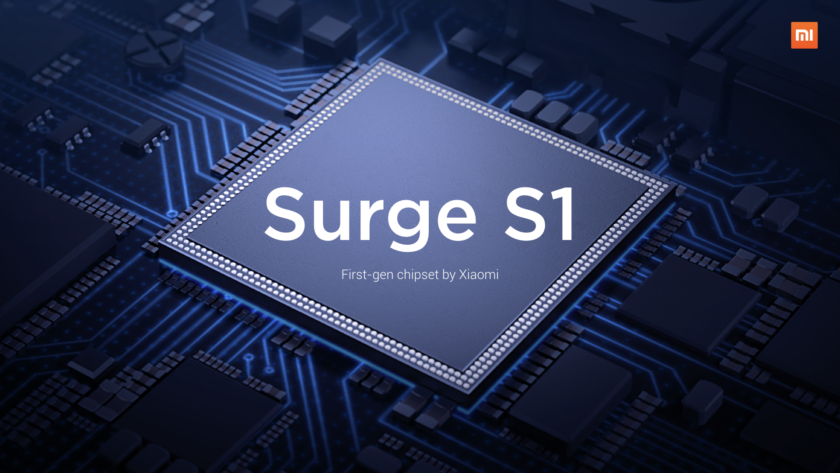TECH
 Xiaomi strengthens its Chipset Strategy with Investment in Chip Designer VeriSilicon
Xiaomi strengthens its Chipset Strategy with Investment in Chip Designer VeriSilicon
Xiaomi's chip-making plans may have taken backseat in the past couple of years, but the company is still determined to improve its position in the industry. In this regard, Xiaomi has taken the strategic stake of roughly 6% in the chip designer company, VeriSilicon Holdings Co Ltd. With this investment, Xiaomi is now the second-largest external shareholder of the company.
The investment was made by Xiaomi in June and was disclosed in a filing with the China Securities Regulatory Commission (CSRC) published online last Thursday. It is worth noting that China Integrated Circuit Industry Investment Fund, the nation-level fund for the domestic semiconductor industry is its largest external shareholder.
VeriSilicon is based in Shanghai and has over 700 employees with 5 R & D centers in the US and in China and 10 sales offices worldwide. Founded in 2001, it is a Silicon Platform as a Service company which acts as a contractor to other semiconductor companies.
History has shown us that making chips is not an easy business and Xiaomi sure had its share of struggles. After establishing its semiconductor division back in 2014, it took three years for Xiaomi to release its independent processor called the Surge S1. After using it in just one model, we have not heard much about its chip making plans. Earlier this year, we received a short update from one of the Xiaomi executives that the second generation Surge S2 chip was still in development but was delayed due to unexpected issues. Later it was said that Xiaomi was focusing its semiconductor business for IoT devices. However, since then we have heard much from this division.
Processors are the heart of any electronic device, including smartphones. And US based Qualcomm rules this market which puts many Chinese smartphone companies at risk. So it is no surprise that China is trying hard to strengthen its position in this industry to support its tech companies.
The Chinese semiconductor industry is growing pretty quickly. For example, China's Huawei Hisilicon unit is doing well, with its flagship Kirin chipset capable enough to take on Qualcomm's high-end Snapdragon models. Even Xiaomi backed Huami has developed its Huangshan No.1 chip for wearables based on RISC-V architecture. G. C.

No comments:
Post a Comment